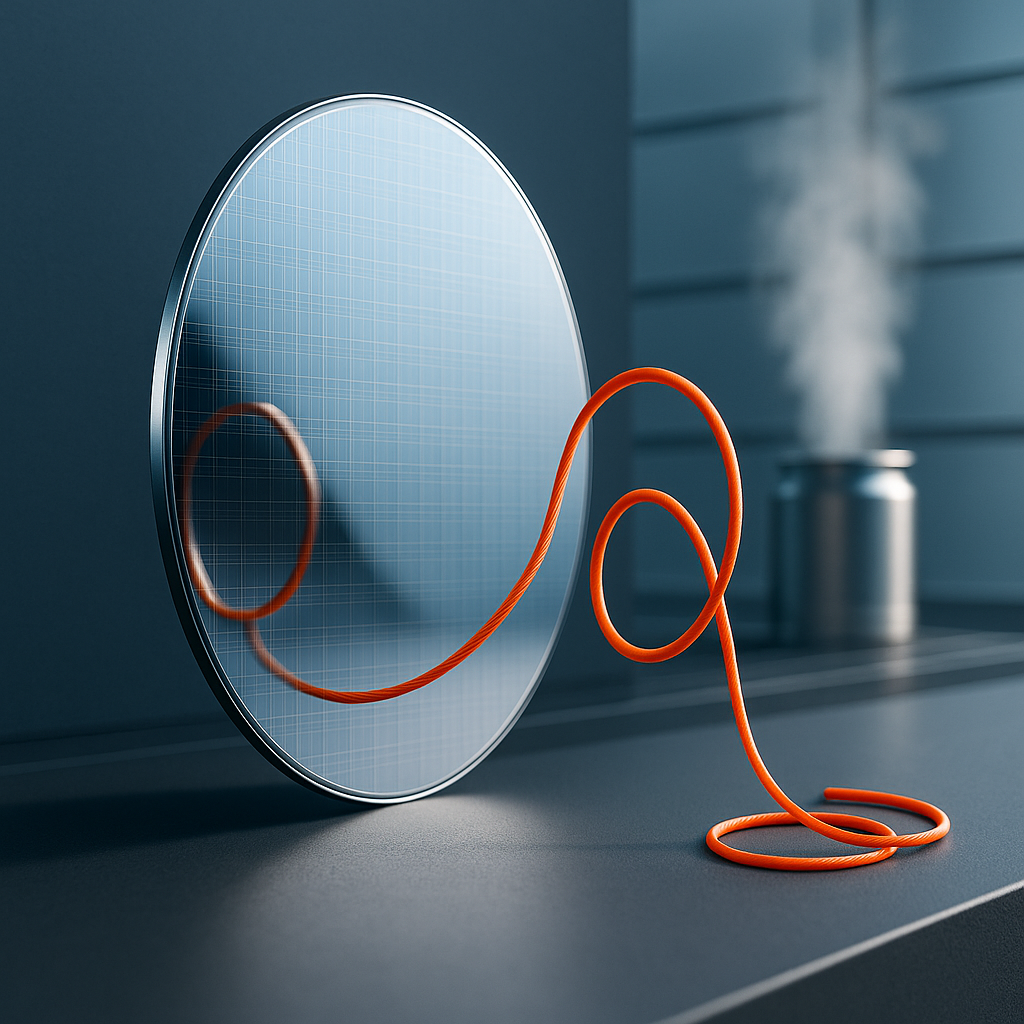Princeton’s Tantalum-Silicon Qubit Surpasses 1 ms, Propelling Practical Quantum Computing
Published Nov 12, 2025
On 2025-11-05 Princeton researchers reported a superconducting transmon qubit with coherence times exceeding 1 millisecond—three times prior lab records and nearly 15× the industry standard for large-scale processors—achieved by replacing aluminum-on-sapphire with tantalum circuits on high-quality silicon. The advance could make processors like Google’s Willow roughly 1,000× more reliable, directly improving error‐correction performance and amplifying benefits in larger systems; the design is compatible with transmon architectures used by major vendors. Key numbers: >1 ms coherence, 3× lab improvement, ~15× industry gap, and the 2025-11-05 announcement date. Remaining gaps include scaling coherence across arrays, integrating control/readout/error‐correction while preserving coherence, and ensuring fabrication yield and reproducibility. Immediate outlook: research labs will likely adopt tantalum‐silicon testbeds, industry may revise roadmaps, and funding/policy could shift toward materials and fabrication efforts.
